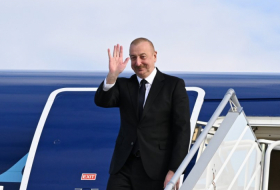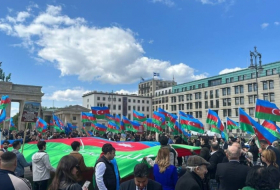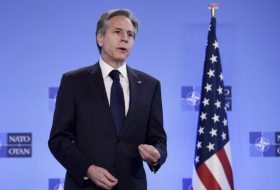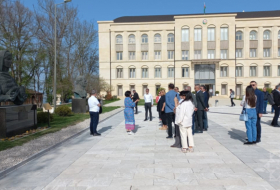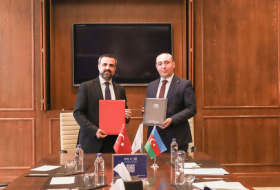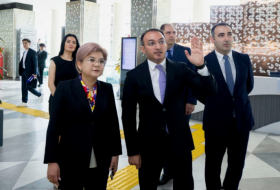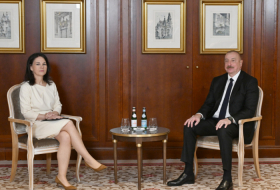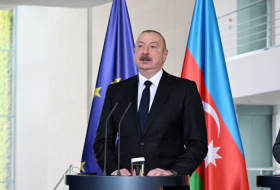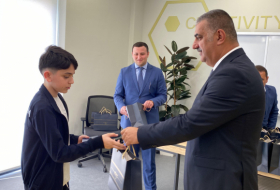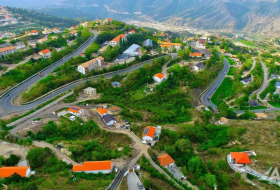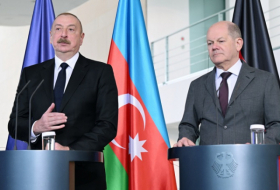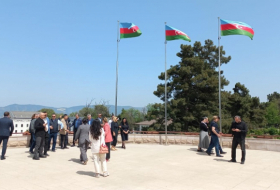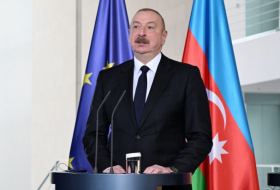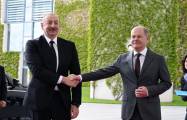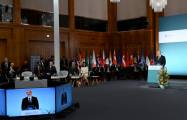“Additionally, Presidents Aliyev and Sargsyan pledged at St. Petersburg to ambassador noted implement the measures to reduce military tension along the Line of Contact, which they agreed in their meeting in Vienna on May 16, and to work toward building the atmosphere required to resume negotiations on a political settlement of the Nagorno-Karabakh conflict,” the former ambassador noted.
He said that these are all positive developments with regard to the general mood of relations between Armenia and Azerbaijan, but do not mark substantive achievements in moving toward settlement of the conflict
“Still, the St. Petersburg meeting does appear to have moved the parties to a safer and more stable situation,” Bryza stressed.
According to the former co-chair, President Putin’s motivation appears to be to convey a signal — especially to EU leaders weighing continued sanctions against Moscow -- that Russia is trying to play the role of peacemaker in the South Caucasus, even as it continues to be a war-maker in Ukraine.
He went on to say that the way to resolve the conflict is to finalize the framework that has been on the table since late 2007, the Madrid Document, which defines the Basic Principles of a settlement.
“Engagement by all three presidents of the Minsk Group’s co-chair countries, especially the US president, will be required for this to happen,” he concluded.
The Nagorno-Karabakh conflict entered its modern phase when the Armenian SRR made territorial claims against the Azerbaijani SSR in 1988.
A fierce war broke out between Azerbaijan and Armenia over the Nagorno-Karabakh region of Azerbaijan. As a result of the war, Armenian armed forces occupied some 20 percent of Azerbaijani territory which includes Nagorno-Karabakh and seven adjacent districts (Lachin, Kalbajar, Aghdam, Fuzuli, Jabrayil, Gubadli and Zangilan), and over a million Azerbaijanis became refugees and internally displaced people.
The military operations finally came to an end when Azerbaijan and Armenia signed a ceasefire agreement in Bishkek in 1994.
Dealing with the settlement of the Nagorno-Karabakh conflict is the OSCE Minsk Group, which was created after the meeting of the OSCE Ministerial Council in Helsinki on 24 March 1992. The Group’s members include Azerbaijan, Armenia, Russia, the United States, France, Italy, Germany, Turkey, Belarus, Finland and Sweden.
Besides, the OSCE Minsk Group has a co-chairmanship institution, comprised of Russian, US and French co-chairs, which began operating in 1996.
Resolutions 822, 853, 874 and 884 of the UN Security Council, which were passed in short intervals in 1993, and other resolutions adopted by the UN General Assembly, PACE, OSCE, OIC, and other organizations require Armenia to unconditionally withdraw its troops from Nagorno-Karabakh.
More about:








.jpg)
